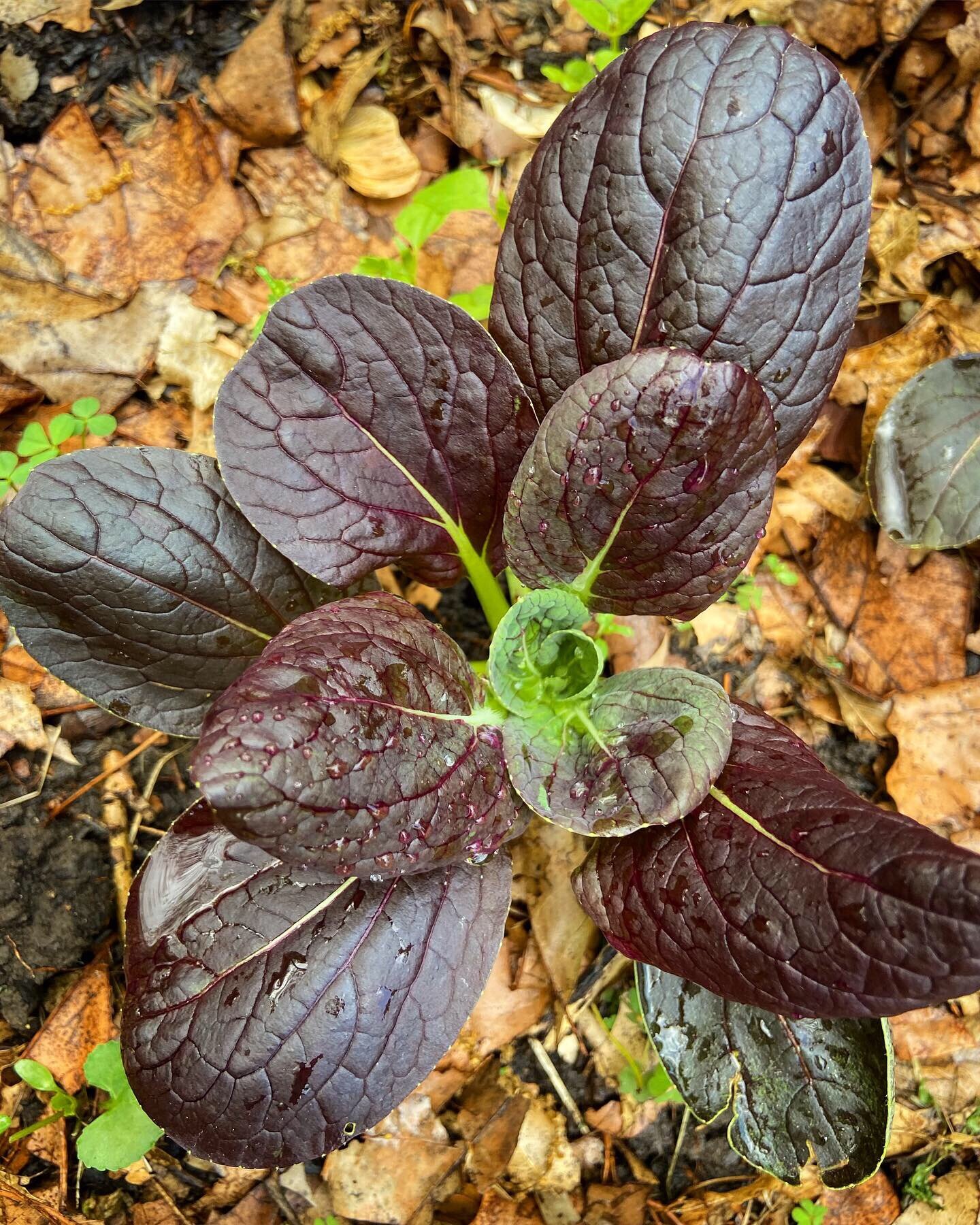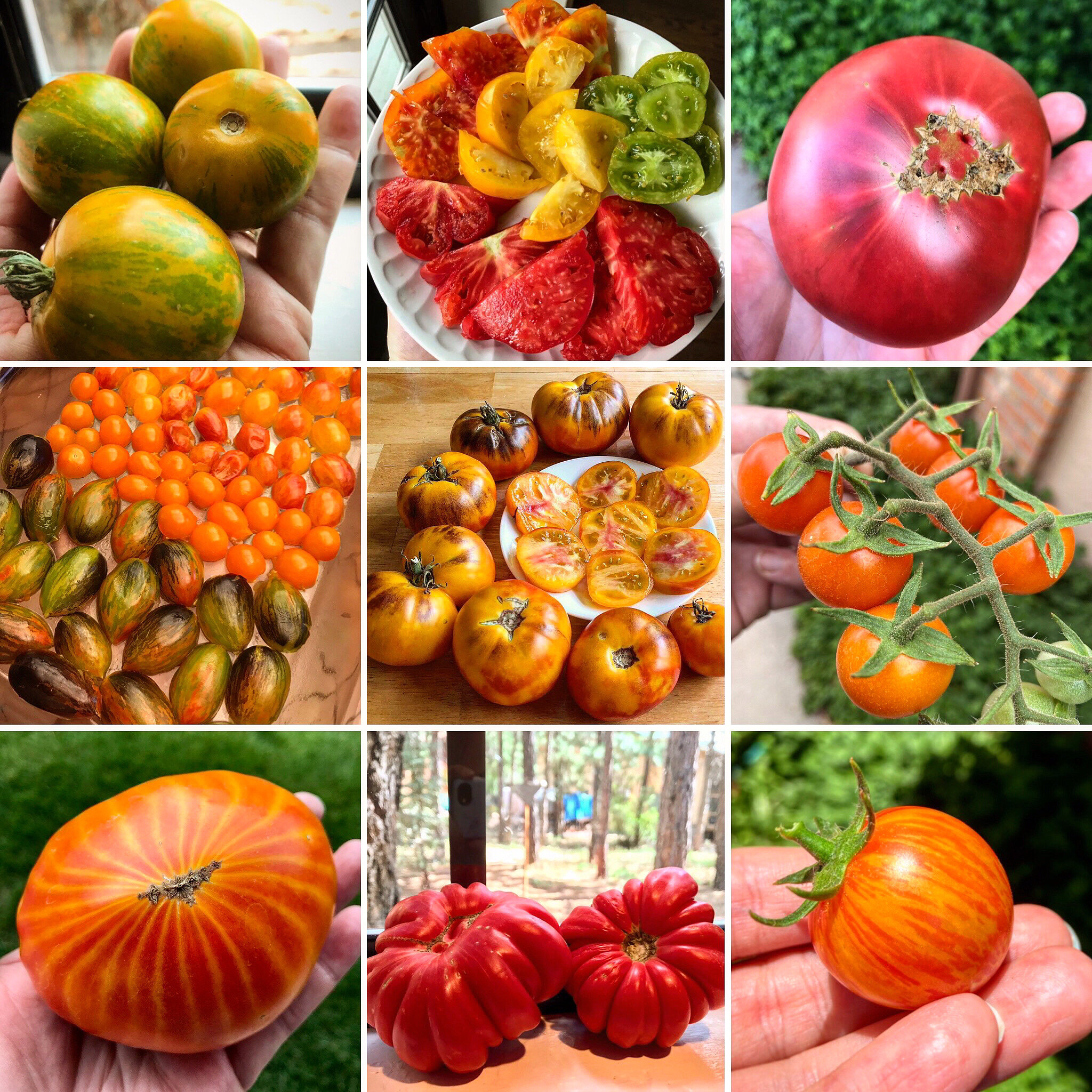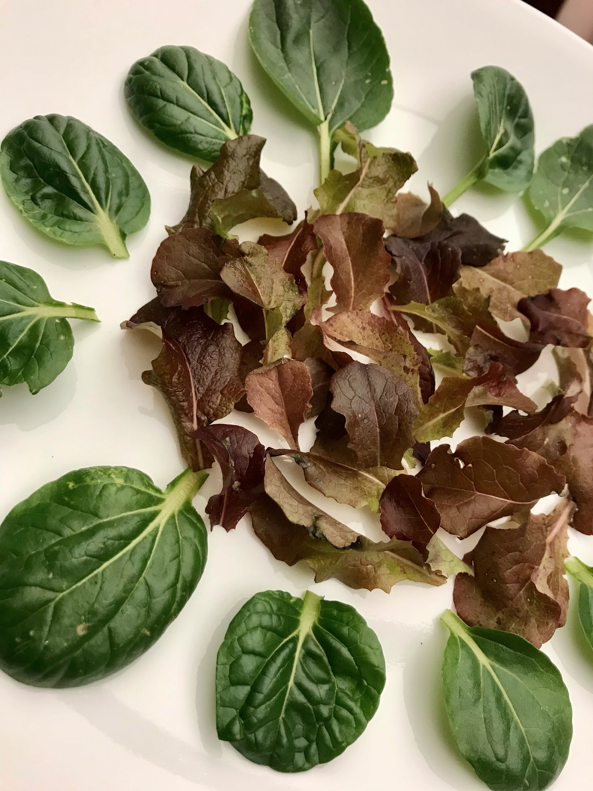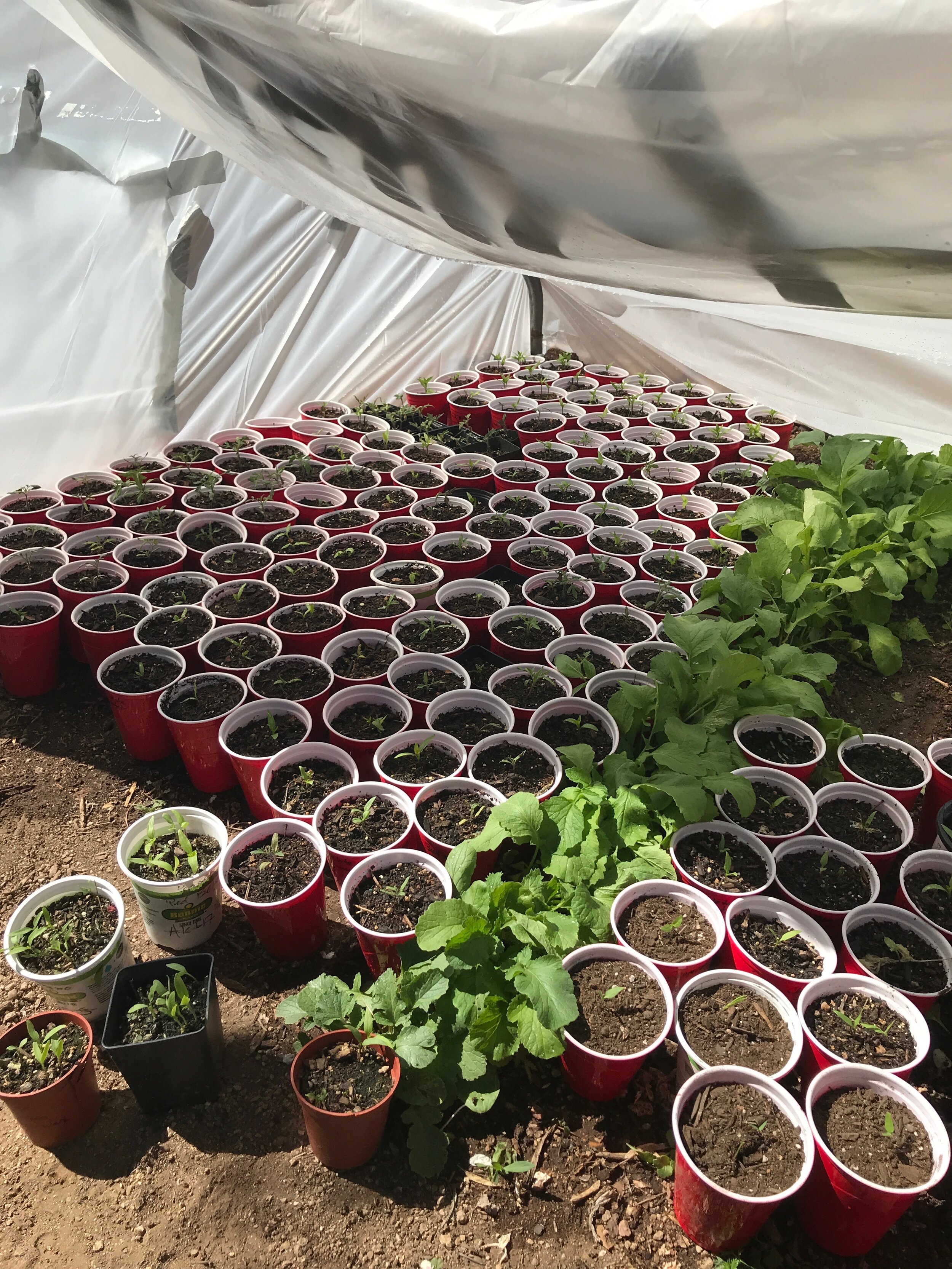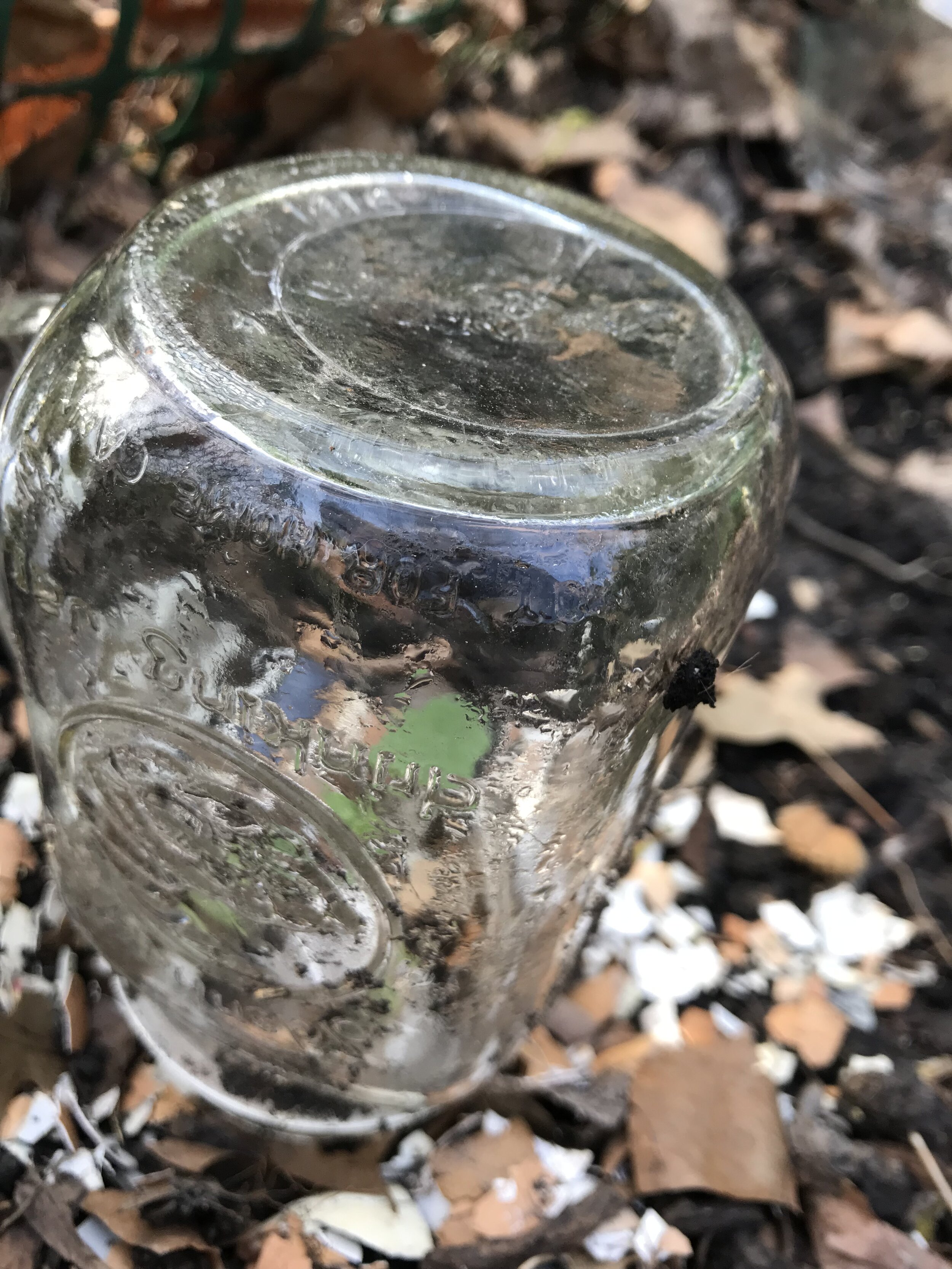Garden Planning
It’s VERY early spring and the time for garden planning & seed starting is upon us. Depending on where you live you might have already started planting your seeds for transplanting in the spring. Knowing when & how to start seeds (both indoor and outdoor) can be a little tricky, but with a little knowledge and practice you can get the hang of it in no time. Each type of plant needs different conditions and considerations to germinate, so before you start my biggest piece of advice is- don’t treat all seeds the same! Respect their individual needs and you’ll be rewarded with super happy seedlings that grow into strong, luscious plants! This blog will specifically be about flowers, herbs, and vegetables.
WHEN TO START
Knowing the length of your growing season is a great first step in figuring out when to start your seeds. You should find out when your last frost occurs and your first frost occurs. The time in between is your growing season with the hottest days of the summer typically right around the middle. You can find your growing zone and frost dates by looking it up HERE. The majority of your planting outdoors will happen between those two dates (we'll get into some exceptions a bit later on). By knowing the length of your growing season, you can figure out when to start your seeds.
Each crop that you plant will have a specific time that it takes them to grow or mature. Some varieties of crops will be quick and others will take much much longer. One I know my frost date, this is the second step in figuring out my seed starting plan. It is important to consider the length of time to harvest and how the seeds grow. If you have something like tomatoes that take upwards of 150 days to grow from seed to harvest, you definitely have to start them indoors. Most tomato seed packets will only tell you the days to harvest from when you transplant them--add on 6-8 weeks and you have your actual growing day requirement. But radishes, for example, take as little as 20-25 days from seed to harvest and can easily be started outdoors in cool weather.
Radishes and bok choy have shorter growing seasons in cool weather, so they can easily be started early outdoors.
Some benefits to starting seeds indoors: you get a head-start in cold climates, and in hot climates it allows you to get rounds of cool weather crops planted before the height of the summer heat stifles growth.
Find your last frost date. Count the weeks backward and write what to start during each week. (i.e. start tomatoes approximately 6-8 weeks before last frost). There are some exceptions if you plan to use season extenders like cold frames, row covers, greenhouses, etc. Those will be covered in another blog soon!
If you don't feel like doing a bunch of counting and scheduling, there is a great resource HERE that gives you a planting calendar based on zip code & last frost date.
INDOORS OR OUTDOORS
Starting seeds outdoors really only works if you have a very long growing season OR with specific crops that either mature quickly or don't like being transplanted. Root plants like carrots, beets & radishes should be started outdoors. Peas and beans are also great choices for starting outside as they grow fairly quickly and don't need as much of a head start. Asian greens like bok choy and tatsoi can be started outdoors as well. There are other crops that don't like having their roots disturbed, so if your growing zone allows it, start your watermelons, cucumbers, and squash outside too.
The plants that you want to start indoors are ones that take a long time to mature or ones that have very tender seedlings that could be hard to tend to in their early stages (especially if there's a threat of frost). Peppers, tomatoes, broccoli, cauliflower, cabbage, eggplant, ground cherries, celery, sweet potato slips are all examples of ones that I would start inside well before the last frost in spring.
Tomatoes and eggplants are great examples of plants you should start indoors. With their long growing seasons and heat-loving nature, they need some extra help.
There are some plants that you could do indoor AND outdoor. My favorite example here would be lettuce. You can start some lettuce seeds a few weeks before your last frost, then plant them outdoors when they're about halfway to maturity. At the same time you can plant some lettuce right in the ground. By the time you harvest your first round of lettuce (the ones you started indoors), you'll have your outdoor planted lettuce already beginning to size up for you. You can do this with kale, spinach, and kohlrabi too!
MICROCLIMATES
What is a microclimate? “A microclimate is the local climate difference of a small area within the surrounding area and can offer different growing conditions in the larger USDA Hardiness Zone.”
While microclimates can occur all over your city, they can also differ just in your yard. For example, closer to your house will be warmer from ambient heat; down hills will collect cooler temps; shaded vs. open areas (especially in desert) will vary temps a lot; and Southern areas will be warmer and get more sun. It’s recommended to get temperature gauges to monitor different areas of your yard to help determine what will grow best there based on temperature and sunlight.
Knowing about microclimates is helpful because it helps you learn about your specific area! If you have a sun loving plant that wants a very hot area to grow in, plant it near your house! Or a plant that might like a little extra shade in the afternoon—perhaps there's a structure that casts a shadow in one area during the hottest part of the day. Use that knowledge to your advantage. Growing regions and frost charts are wonderful, but being familiar with your specific area will help you plan an even better garden.
SEASON EXTENDERS
Using season extenders can help with planning your garden as well. Season extenders can include anything that will warm your growing area, adding an additionally 1-3 weeks on either end of your growing season. Extenders can include things like cloches (clear/opaque covers), row covers, greenhouses, and cold frames. It can sometimes be worrisome to plant things around the time of your last frost. An unexpected cold front could move in and take out all of your young seedlings that are just trying to establish themselves in their new homes in the ground. Protecting your plants with a season extender can give you peace of mind.
You can also plant some seeds out before your last frost and cover with row cover that will protect against wind and can trap heat from the sun, warming the temperature inside and creating a mini greenhouse. You can use the same type of concept at the very end of your season to protect plants from temperatures that might be too cold.
Season extenders can be as simple and cost effective as thrift store sheets or an old soccer goal covered in poly to create a small greenhouse.
An incredibly simple DIY version of this is mason jars, plastic milk jugs, or 2 liter bottles. Cut the bottoms off your plastic jugs or bottles and nestle the top around your seedlings outside. If using a mason jar, just pop it right over the plant. You can use this on days that the temperature dips low, or put them on overnight when the sun goes down. Just make sure not to keep them on during super sunny days as you can end up burning your plants with too much trapped heat. If you know you want to incorporate some season extenders, you can plan to start seeds a few weeks earlier!
Hopefully you now have a bit more of a grasp on timing when to plant your seeds. Having a clear plan for what you want to start inside & what can be direct sowed in the ground can give you a ton of confidence and ensure your plants reach maturity at just the right now. Look out for more blog posts on what you need to start seeds indoors AND how to direct sow seeds in the winter!
Make sure to check out @ElevatedGardeningAZ & @pentagrampotager on Instagram, as we both share our planting experiences!




